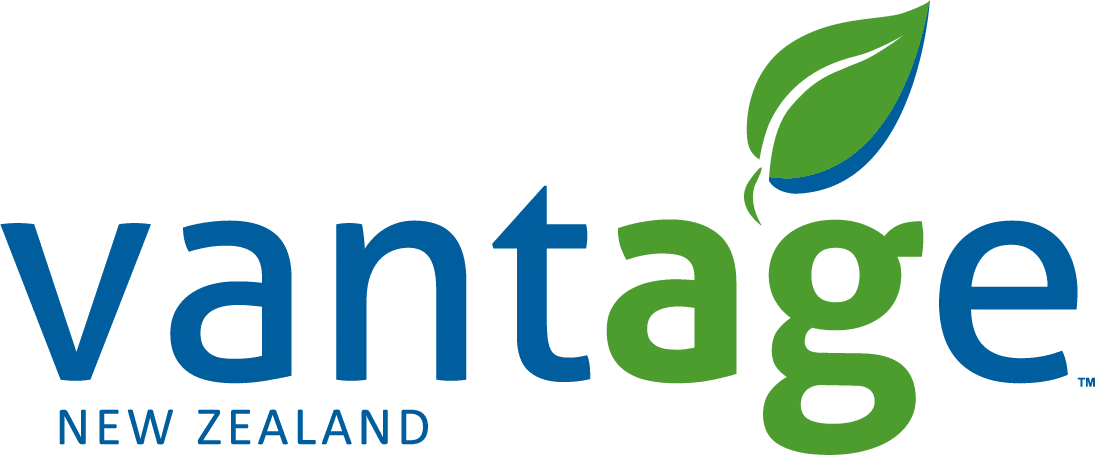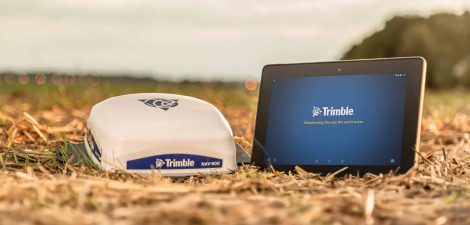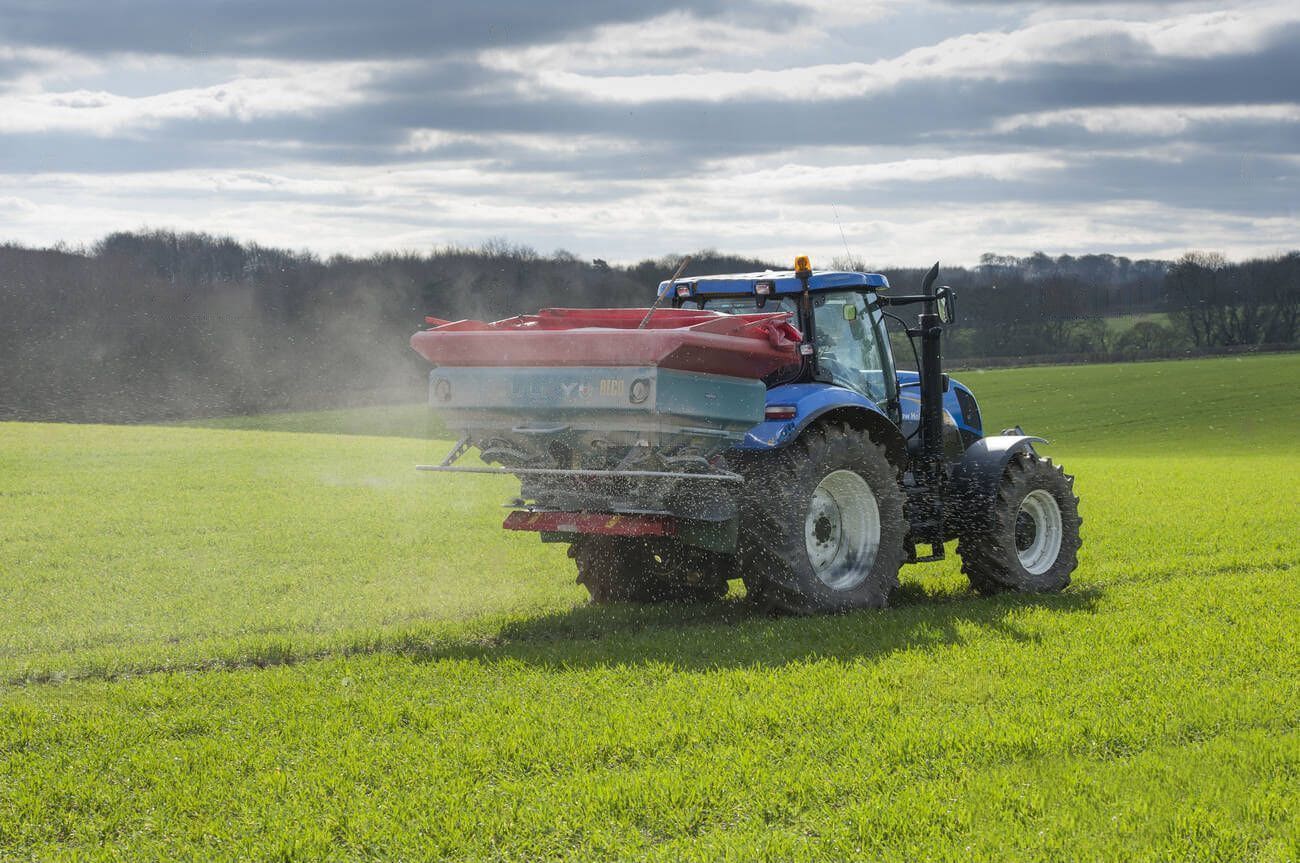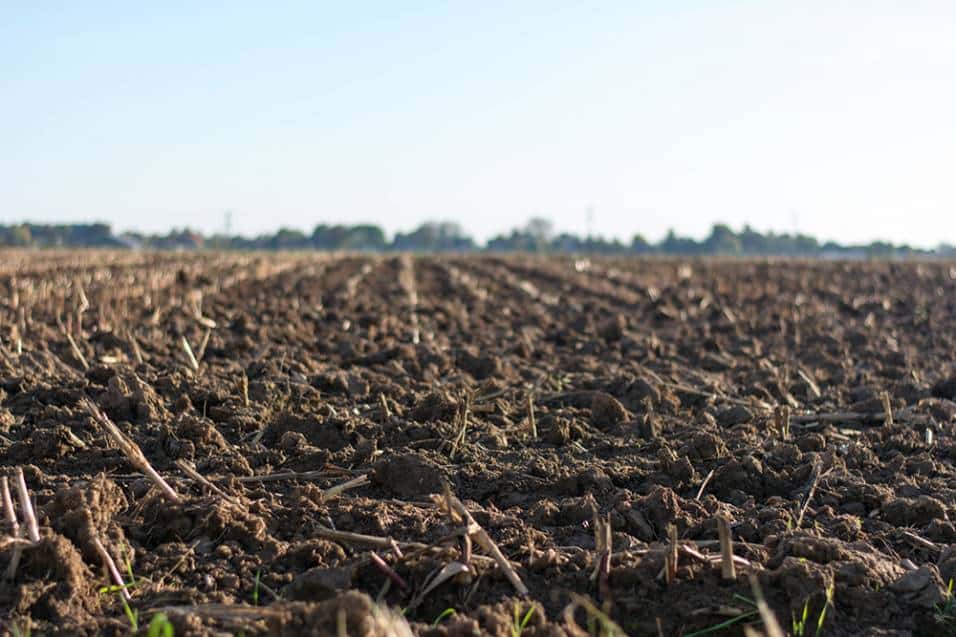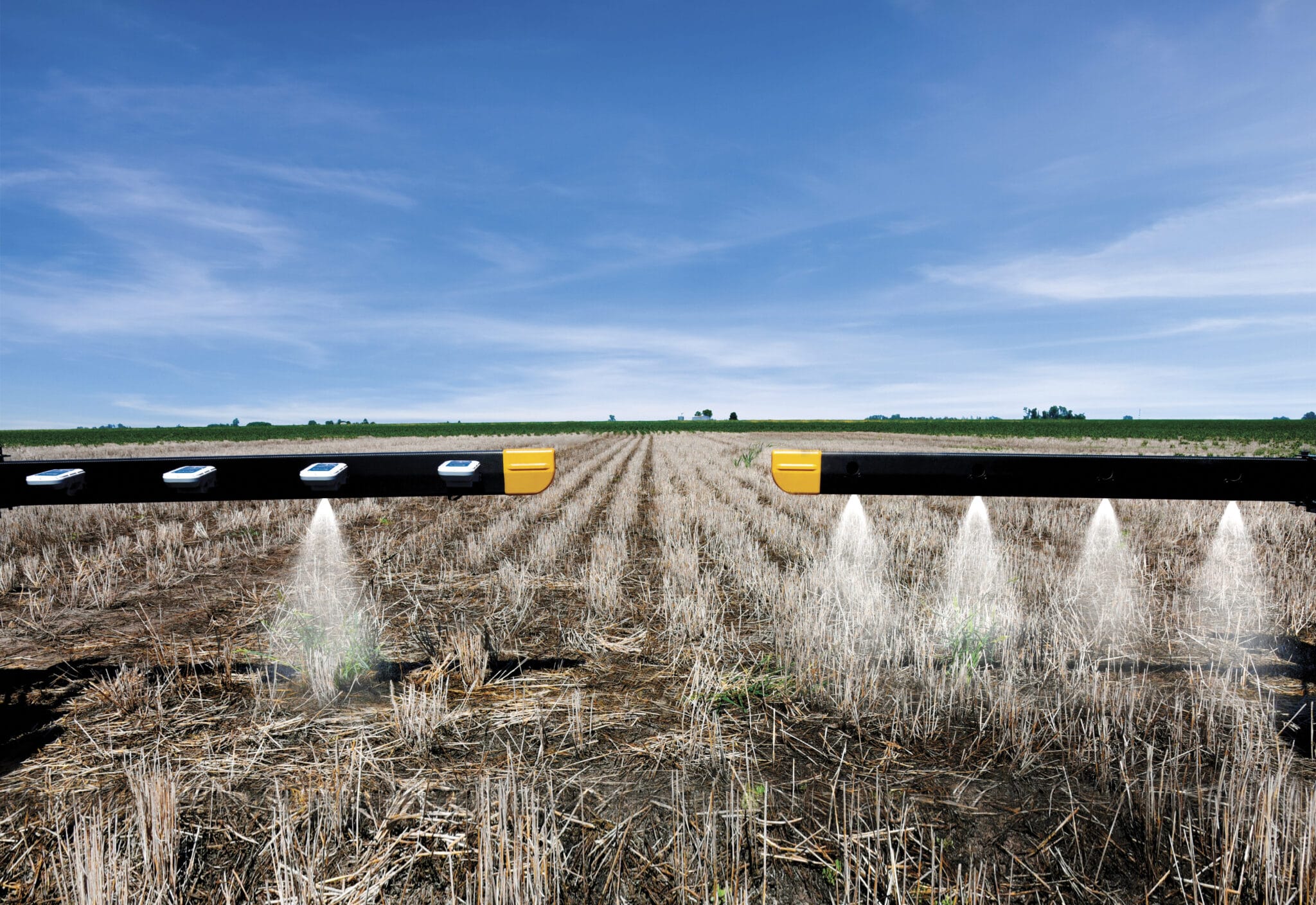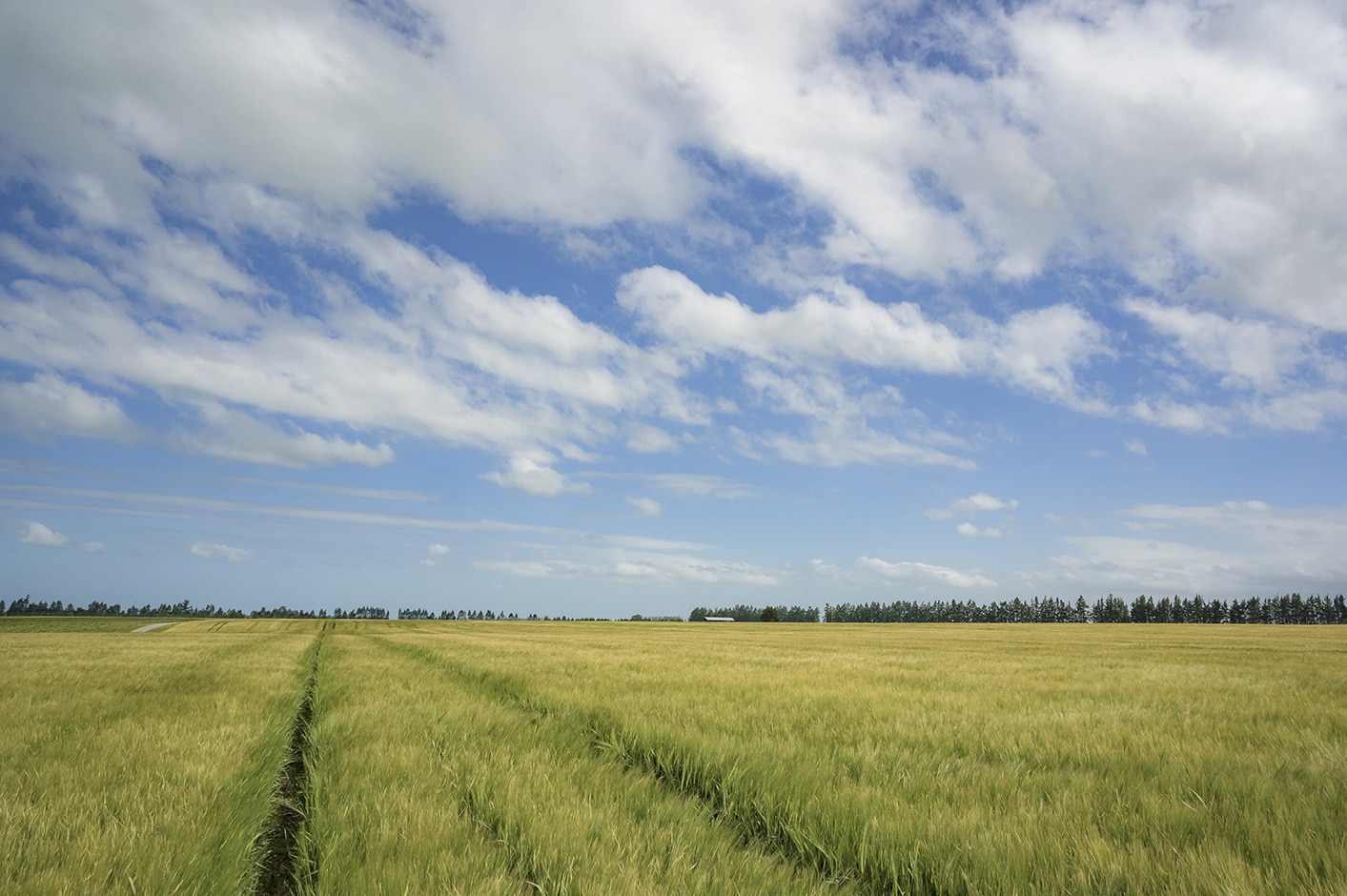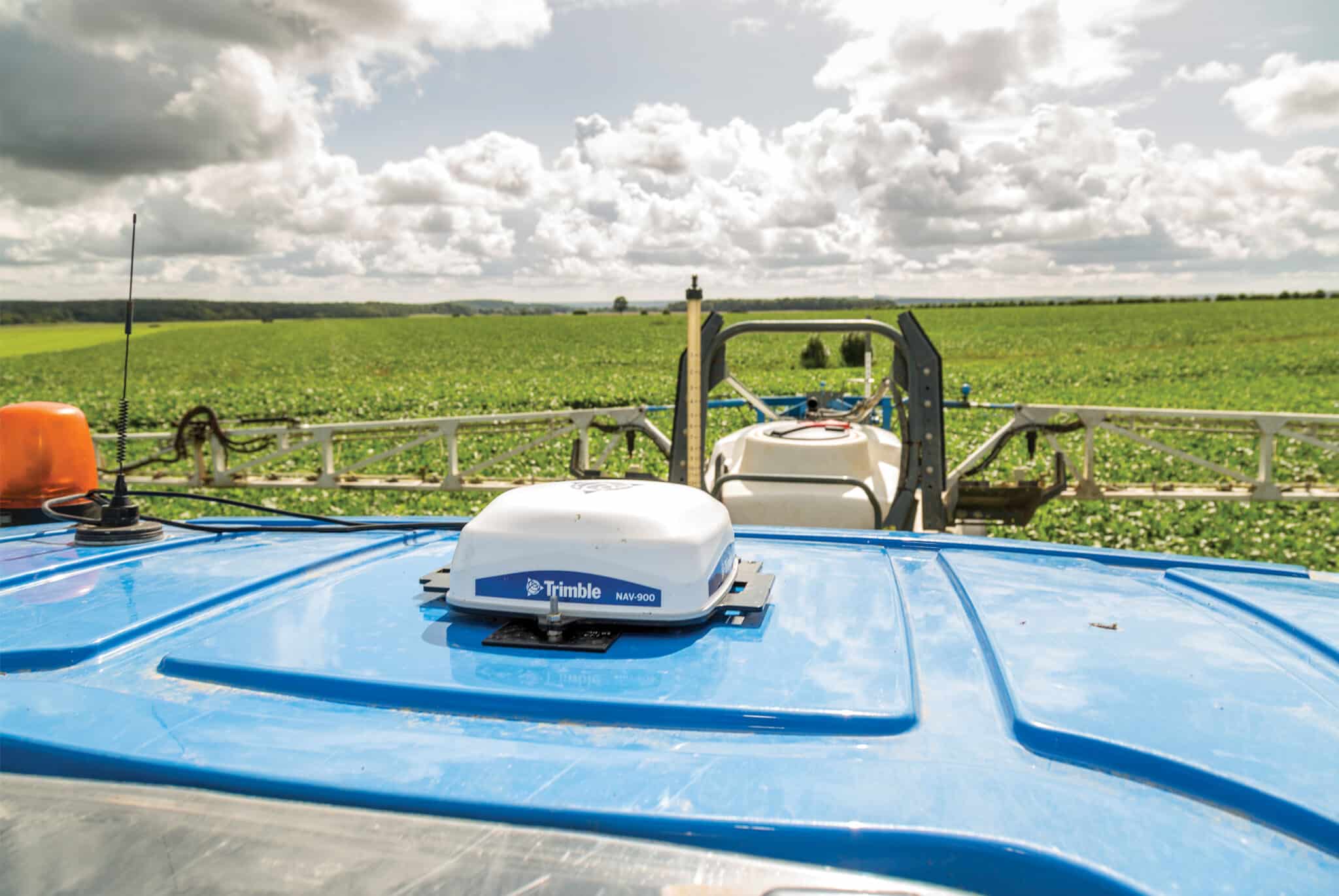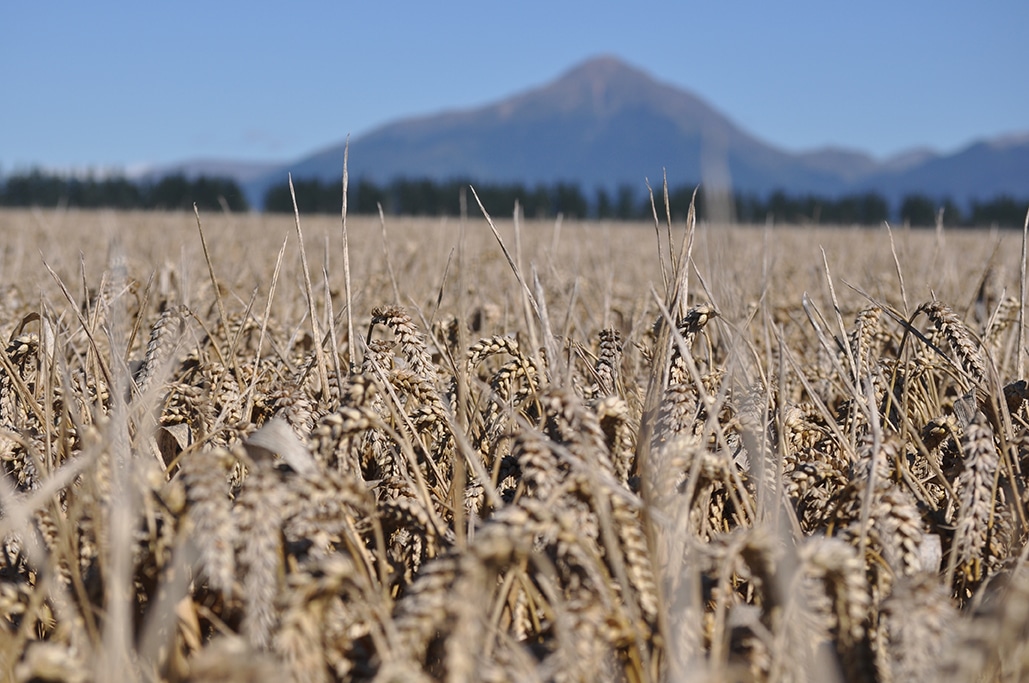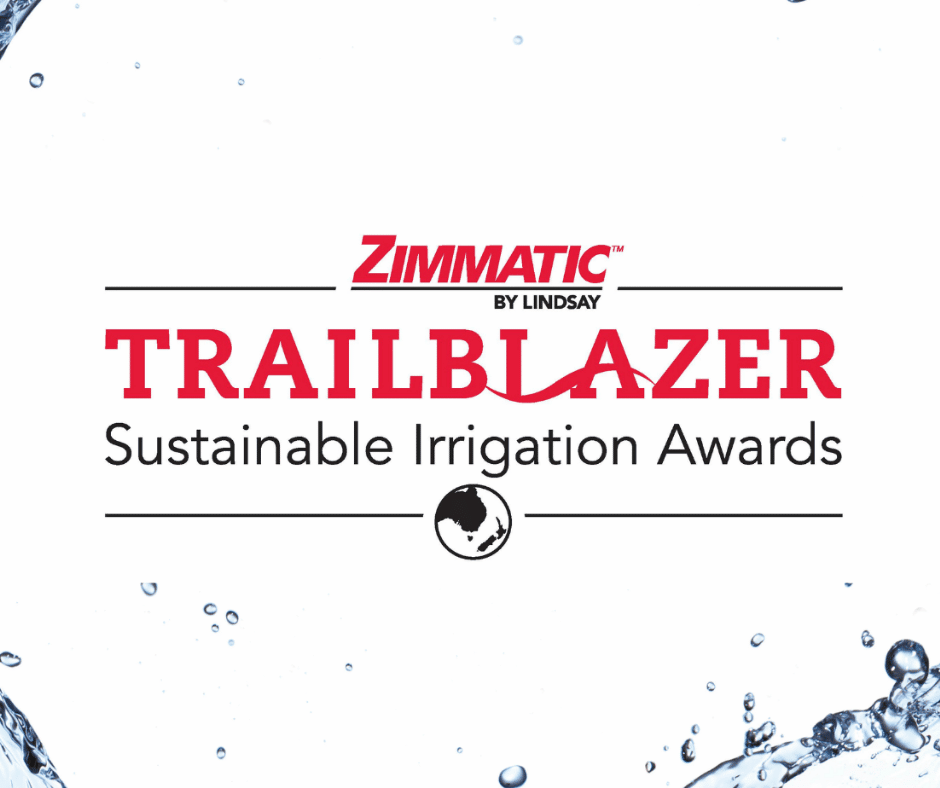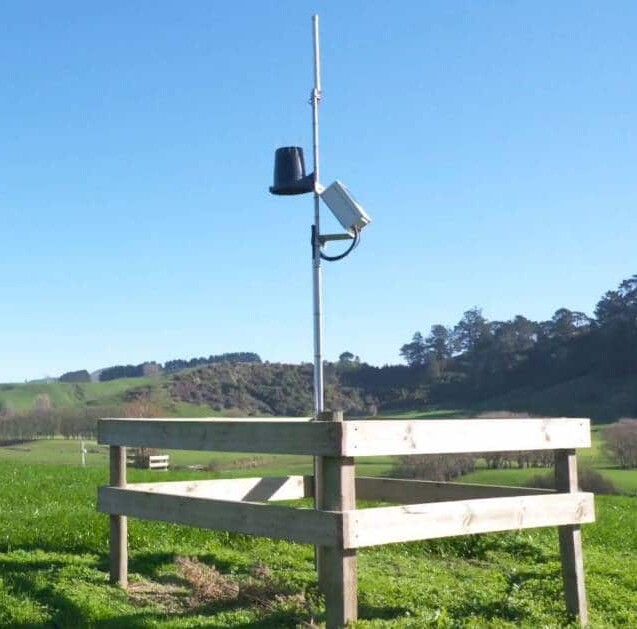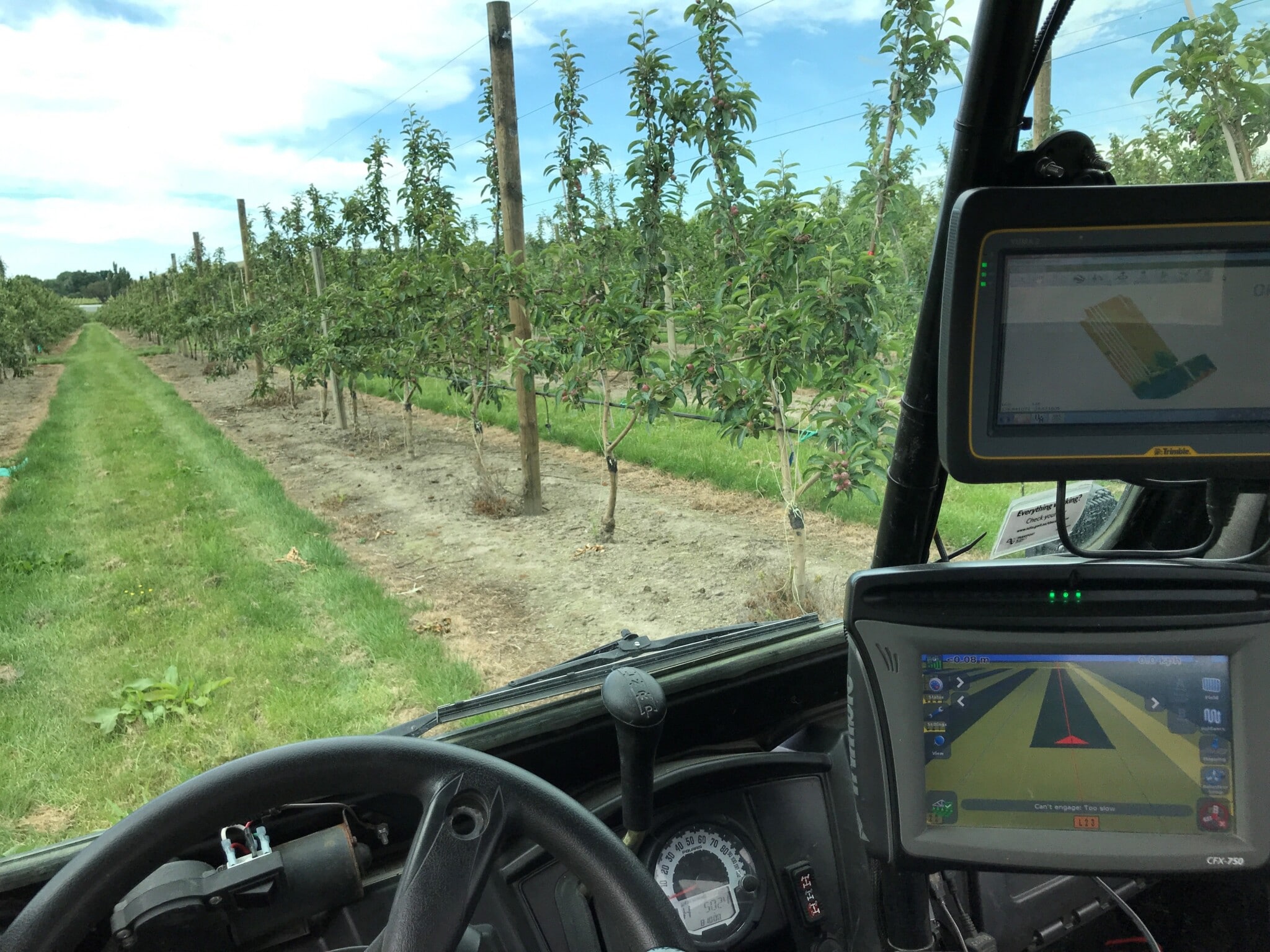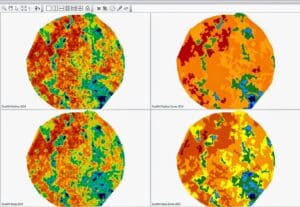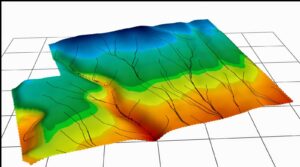What’s the biggest issue we’re hearing in the agricultural industry at the moment? The truth is it’s three-fold:
- Costs on inputs are rising – particularly on sprays, fertilizer, and seed
- Nitrogen caps – our customers are adjusting their practice to meet caps on nutrient inputs to meet regulation
- Productivity – improving ROI by ensuring the best yield of plant and pasture growth
Key to meeting all three of these challenges is precision nutrient management (PNM). To manage your nutrients efficiently – reduce input costs, meet environmental regulation, and increase yield – you first need some good data.
Getting your soil nutrients measured is an important step helping you to utilise PNM strategies. A soil test will tell you where your soil has high and low nutrient load, allowing you to use variable rate application to apply your nutrients only where they’re needed. This improves your environmental footprint while ensuring your farm is reaching its maximum potential.
High nutrient load
The areas of your paddocks that have high nutrient load already have enough nutrients to support upcoming crop or pasture growth. That means there’s no, or at least significantly reduced, need to spread fertiliser! Using a blanket rate application, you’d be spreading unneeded fertiliser, wasting money and risking a higher chance of over-application and leaching. Although it’s not required for your Farm Environmental Plan, minimising nutrient input helps your case in showing your commitment to meeting environmental regulations.
Low nutrient load
Areas of low nutrient load in your paddocks don’t have the required nutrients to support crop and pasture growth. This is a missed opportunity, as these areas aren’t reaching their full yield potential! When applying blanket rate fertiliser, these areas may not get enough nutrients – meaning they could be producing more toward your bottom line.
Precision Nutrient Management
Employing a PNM strategy allows you to reduce nutrient application in areas with high nutrient load and increase application in areas with low nutrient load. With this precision ag data, you can ensure that each area of the paddock is getting the nutrients it needs to ensure maximum yield. This keeps you as environmentally friendly as possible while maximising your ROI.
Most of our clients who utilise PNM pay for their soil tests in their lime savings alone – every other nutrient saving is an added bonus to your bottom line.
On top of that, it’s helpful to have precision data to add to your FEP, showing your compliance with environmental regulation.
Take the guesswork out of farm nutrient management and stop blanket rate application. Talk to the team at Vantage NZ today about Precision Nutrient Management.
